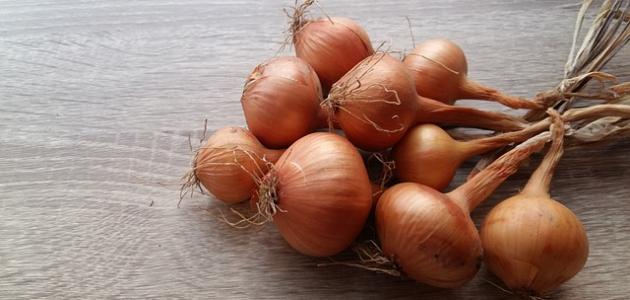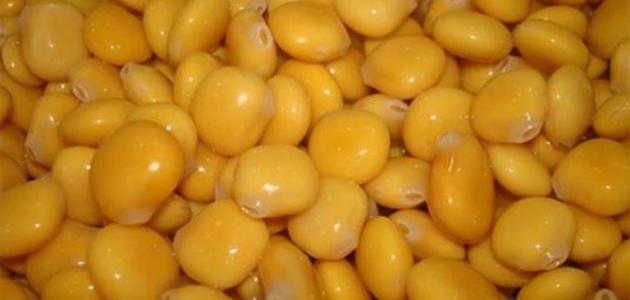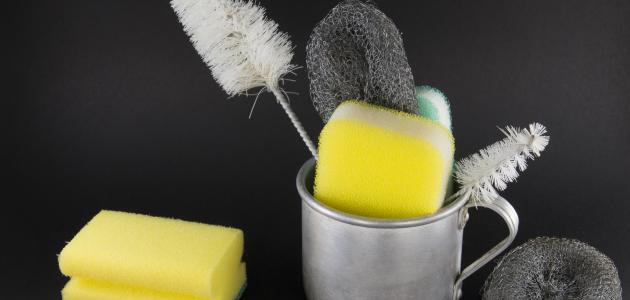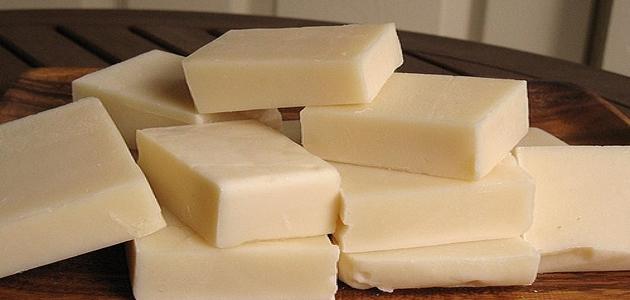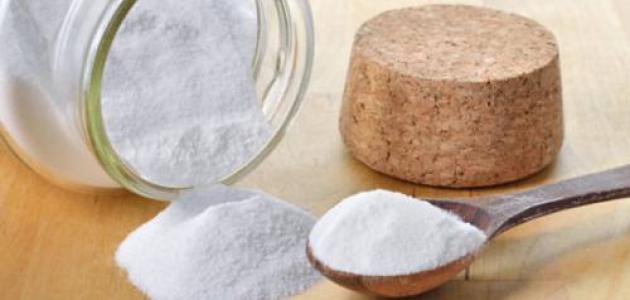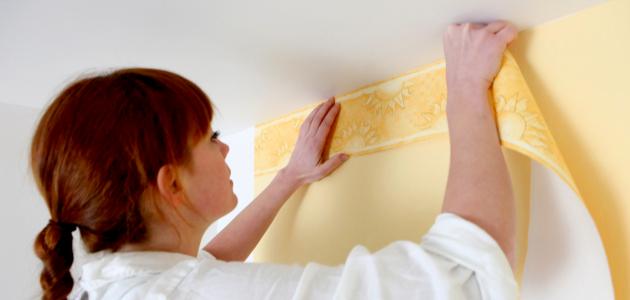Clogged water pipes
The process of clearing water pipes or cleaning sewage pipes may seem difficult; Because it may be difficult to reach inside these pipes and clean them manually, there are a number of ways through which blockages or unpleasant odors resulting from them can be removed using natural materials available at home, or using traditional cleaning materials available in the market for cleaning and clearing water pipes, along with Make sure to use it correctly, and according to the instructions attached to it.
Methods for clearing water pipes
There are many ways in which water and sewage pipes can be cleared, as follows:
White vinegar and baking soda
White vinegar and baking soda can be used to clean water pipes as follows:
- Empty the bathtub, or dishwasher if the latter is previously clogged, by using a cup to empty the excess water into a bucket.
- Pour a small amount of boiling water into the sink.
- Pour half a cup of baking soda into the sink.
- Pour half a cup of white vinegar into the sink.
- Cover the sink drain with a plug. This will help keep the reaction of the baking soda and white vinegar inside the pipes and prevent it from escaping into the sink.
- Wait for a period of 5-10 minutes.
- Pour another pot of boiling water into the sink.
- Run hot water from the tap directly onto the sink; This is to help remove any remaining dirt stuck in the drain pipe.
Rubber piston
Using a rubber plunger is considered one of the effective ways to remove sediments and dirt that clog water pipes and sewage pipes because it works to compress the air in the pipes, making it easier to unclog them and remove the materials stuck inside them. It is a tool consisting of a straight wooden handle with a cup-shaped rubber nozzle at the end. The method of operation is as follows:
Read also:How to clean wallpaper- Close any holes or nearby drains with a plug or a cloth before pouring water into the sink, to create more pressure.
- Pour a little water into the sink if it does not contain stagnant water, to facilitate the work of the rubber plunger, as the water will help remove the materials stuck in the pipes.
- Place the rubber plunger nozzle over the drain hole, and start moving the handle up and down repeatedly, to be able to empty the largest amount of dirt and solids stuck in the pipes.
- Repeat the process several times if there is more dirt blocking the pipes and impeding the movement of water through them.
- Pour a large amount of water after draining the pipes; This is to remove any residue stuck in it.
Dishwashing liquid and boiling water
Water pipes can be cleared in a simple way using dishwashing liquid and boiling water by following these steps:
- Place two liters of water in a pot, then raise it over the heat and leave it until the water begins to boil.
- Add three tablespoons of dishwashing liquid to the boiling water, and stir until combined.
- Pour boiling water into the sink slowly, so that the boiling water flows directly into the drain, taking into account the type of pipes used. If the blocked pipes are of the plastic type, it is preferable to cool the water for a period of four to five minutes before pouring boiling water into them.
- Pour hot water from the tap directly into the sink after draining the boiling water; This will help clear the pipes and remove the largest amount of dirt and grease accumulated inside them.
Use a metal hook
Using a metal hook helps in clearing water pipes. It can be purchased from the market, as it is known as a drain snake, or made at home using a long metal rod, one end of which is folded into a semicircle, then carefully inserted into the drain to pick up the dirt that is blocking the drain, taking care to Do not force it into the pipes, lest this lead to damage.
Read also:How to use electricity in a safe wayUse hydrogen peroxide
Hydrogen peroxide helps remove blockages from pipes, but caution must be taken when using the concentrated formula, as it may cause skin burns if not handled properly. The method for using it is as follows:
- Add a cup of hydrogen peroxide to a liter of cold water.
- Pour the solution directly into the water pipes, and leave it for 20-30 minutes.
- Rinse the pipes with water.
Dismantle and clean the water pipes
Water pipes, especially those with a curved shape (the letter U), are susceptible to blockage due to the accumulation of dirt, hair, soap residue, or food residues in their channels, which produces unpleasant odors, so you can resort to cleaning them manually by following the following steps:
- Place a bucket or large bowl under the pipe; To collect excess water when disassembling it.
- Remove the pipe caps using a wrench.
- Empty the water and dirt stuck to the pipe into the bucket.
- Pour an amount of warm water into the pipe to remove any remaining dirt from it.
- Inserting a metal wire into the pipe to push out any blocks or dirt still stuck in its pipe.
- Return the pipe to its place.
Tips after completing the water pipes
The workplace must be cleaned and disinfected to get rid of traces of dirt and unpleasant odors resulting from cleaning and clearing pipes, by following the following steps:
Read also:Okra drying method- Get rid of stagnant sewage in the kitchen sink or bathtub, or collected on the floor.
- Remove dirt, dust, or any solid residue that was present with the water.
- Wipe all walls and floors that have been in contact with sewage, using household cleaner and warm water.
- Sterilize the walls and floor with a sterilization solution by adding eight tablespoons of chlorine or any strong bleach to three liters of water, stirring the ingredients together until they are homogeneous, then rinsing the floor and walls with this solution.
- Ventilate the house by opening windows and using fans while working.

